It took Philips a good chunk of years to jump into making TVs.
The first TV they dropped in the 50s was this tiny, black-and-white, like a wood box.
Fast forward 70 years and the hard work has paid off big time.
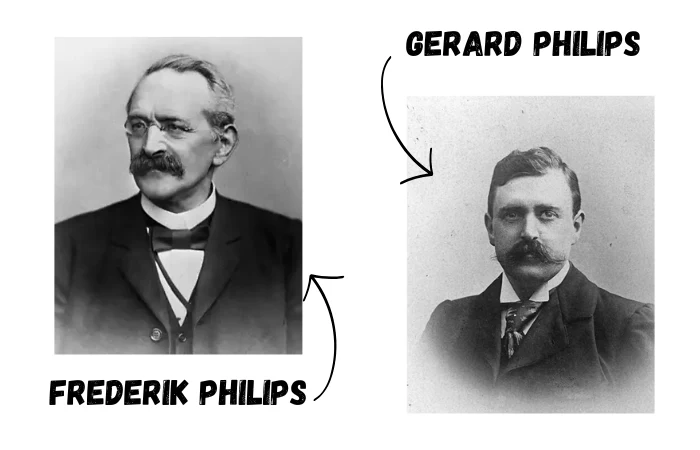
Now, we get to kick back with top-notch OLED Philips TVs in our living rooms.
So, lets learn about Philips history and see how its TVs have changed from vintage to modern.
I had to find old Philips TVs in collectors and vintage markets to show you.
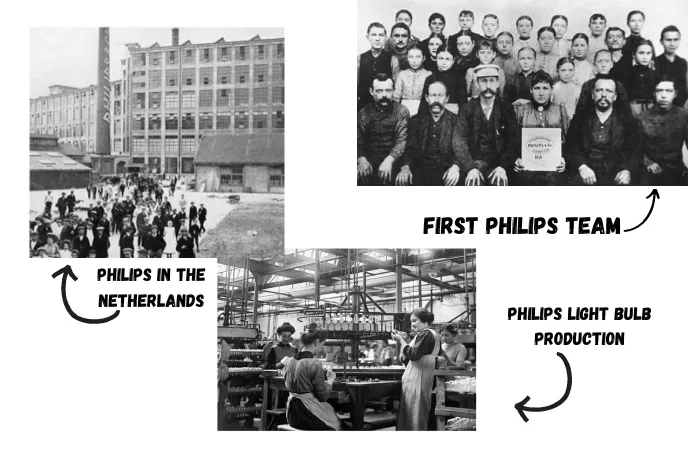
Creating the Philips brand
The Philips brand started its journey in 1891 in the Netherlands.
It was started by a guy named Frederik Philips and his son Gerard.
Back then, electricity was just starting to light up everyday life.

Philips bulbs were a game-changer.
By 1910, Philips had grown into one of the biggest light bulb makers in Europe.
Fun fact: In 1914, Philips set up its own research lab, Philips NatLab.
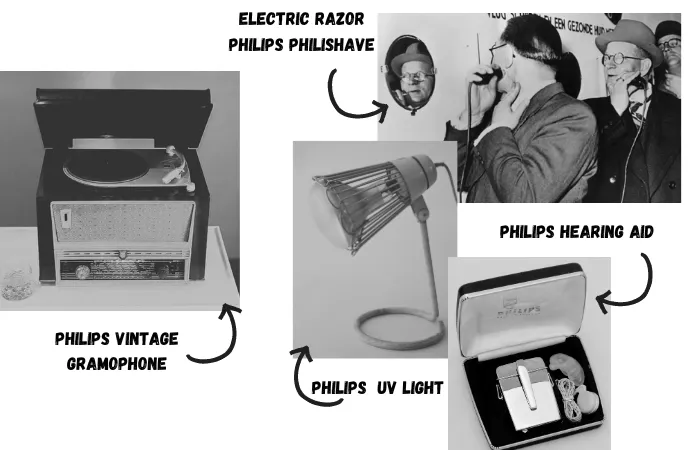
This place was huge for the companys tech developments.
Its where a bunch of cool innovations that made Philips famous worldwide were born.
In the 1930s, the Philishave razor hit the scene.
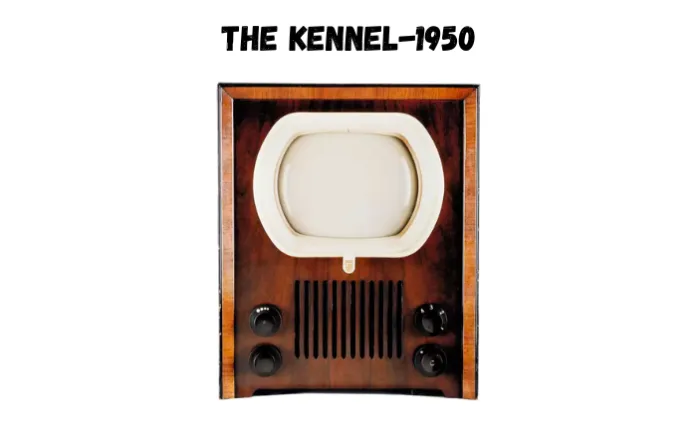
Thanks to its slick design and ease of use, it was a smash hit.
Since its launch in 1939, Philips has been selling about 700 Philishave razors an hour.
In 1940, Philips bosses got wind that Germany was going to invade the Netherlands the next day.
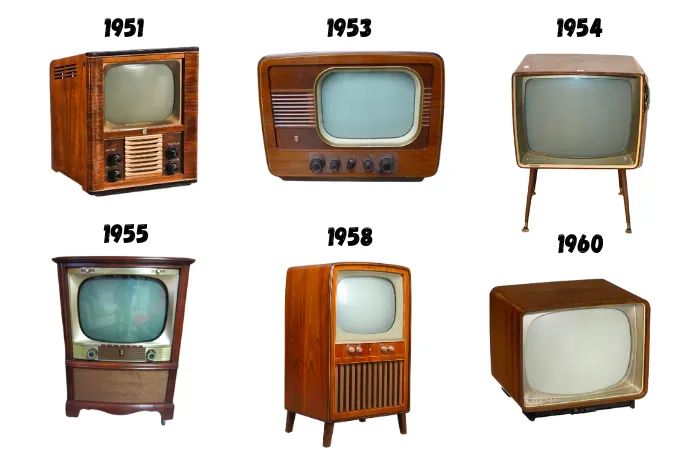
Operating in the US as the North American Philips Company, they kept the business running throughout the war.
They even shrunk and spiced up radios.
But the real big deal was creating TV for the masses in 1949.
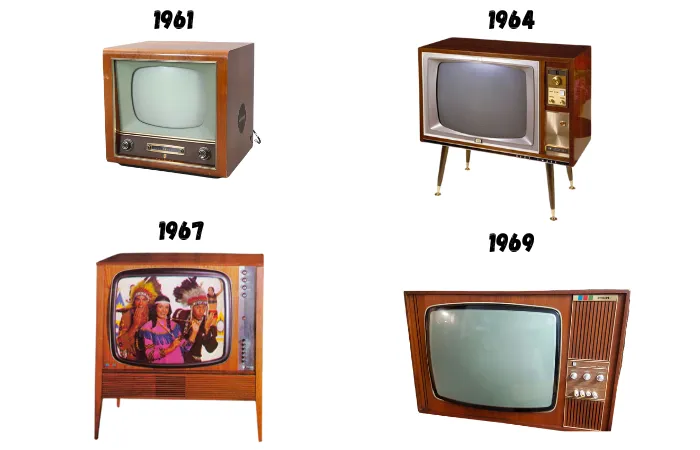
The first Philips TV
The first Philips TV hit the market in 1950, dubbed The Kennel.
This model stood out with its 22-centimeter picture tube and a 4-channel tuner.
It had a dark wood body with a lighter wood trim around it.
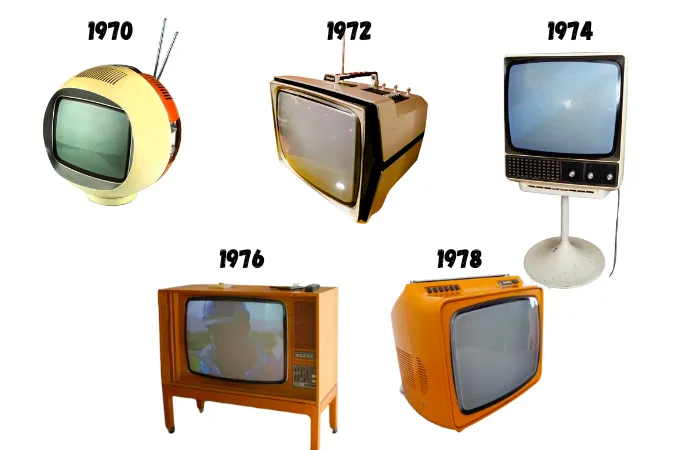
The screen was white, framed by an oval white border, which looked cool against the wood.
Below the screen, there was a grille for cooling and some black switches.
The design and features of this TV were a big deal back then.
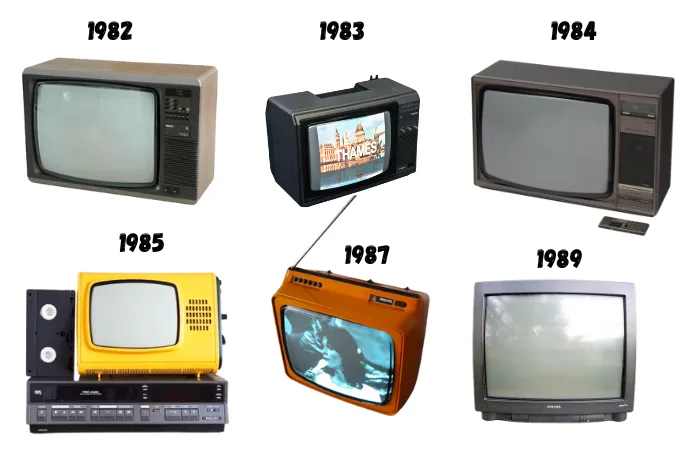
And as you might guess, Philips TVs kept improving over the years.
From vintage to modern Philips TVs
Since the 50s, Philips has actively created new TV models.
And with each decade, theyve made some big leaps.
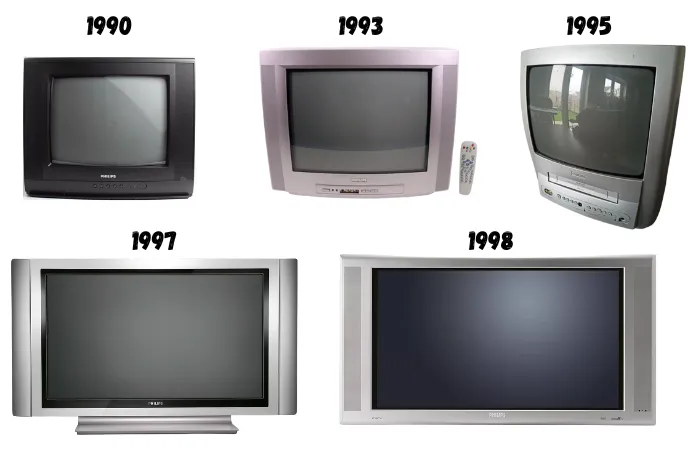
For a long time, they were just black-and-white wooden boxes, sometimes even on legs.
So, this isnt every TV Philips made.
But its enough to get a grip on Philips TV history.
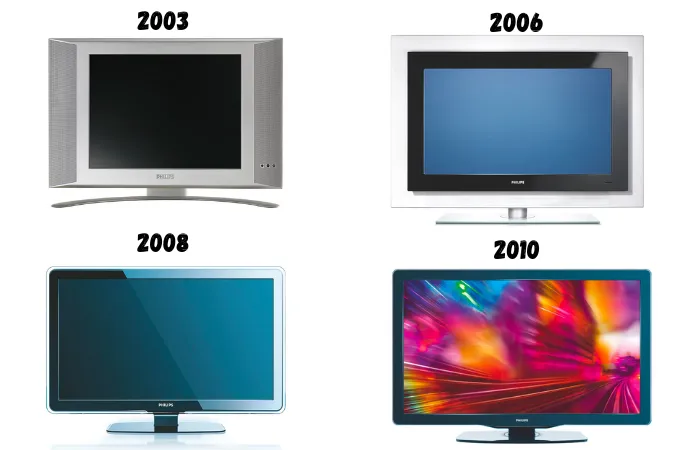
Ive broken it down by decades to show how they changed.
1950-1960:
After launching the first The Kennel, Philips kept making their wooden black-and-white boxes.
This decade, they started rolling out two design vibes: square TVs and TVs on legs.
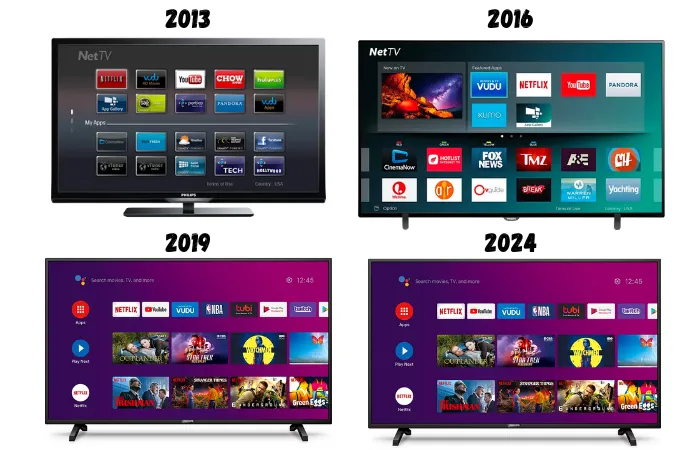
In 51, right after their first TV, Philips freshened up the design a bit.
The air vent turned white, and the screen got a tad bigger.
Then the TVs started looking like microwaves, with the screen to the right and switches lined up below.
The leggy TV was all over magazines back then.
And the screens got way bigger, with buttons on the side.
In 1956, Philips made the first experimental color TV transmission.
The CCIR International Advisory Board was invited to this.
The first series of color receivers was given the generation number K1.
After a while, TVs were bulky like cabinets.
Philips wrapped up the decade with a sleek TV, looking pretty stylish for its time.
Its wooden body was metallic around the screen, and buttons almost hidden under the TV.
1960-1970:
At first glance, it might seem like the design didnt change much in this decade.
Yes, they kept the wooden body but added some details.
The buttons got more interesting, some silver, some with gold-like inserts.
In 1967, a full-fledged color TV came out, marking the first generation of color TVs.
This wasnt just an experimental version but a full-on color TV.
And the color models that followed were tagged with Color.
They also had switches for color and brightness adjustments.
The look got streamlined, with slimmer profiles and simpler finishes, focusing on functionality.
The screens got bigger, the picture quality got better, and the remote control came into play.
But that doesnt mean they ditched the wooden-frame models entirely.
They stuck around but also got the image quality and remote control upgrades.
1980-1990:
In the 1980s and 1990s, Philips TVs underwent significant technological and design changes.
These chips enabled TVs to process more information, providing better picture and sound quality.
And, of course, the design was updated.
The screens got bigger.
1990-2000:
The late 80s and early 90s were my least favorite design era for those square black boxes.
Thats the only way I can describe the TVs back then.
From cool, stylish, bright TVs, they switched to huge black plastic boxes.
In 1997, Philips showcased the first large commercial flat-panel TV at CES and CeBIT, using Fujitsu panels.
It was released as the Philips 42PW9962.
You could buy it at four Sears stores in the US for $14,999.
And thats how the plasma era began.
Designs got even more modern and minimalist.
TVs got thinner and lighter, with slim frames around the screen, making them almost all screen.
2010-2024:
This period feels pretty familiar to us.
Designs got even sleeker, with almost invisible bezels, giving the screen a boundless look.
Some were even designed to hang on the wall like a piece of art.
Philips TV factory
The initial Philips TV manufacturing was rooted in the Netherlands.
The early 2010s witnessed a crisis in the industry.
This situation drove Philips into losses in their TV manufacturing venture.
During this time, many established brands started exiting this business domain.
In 2012, Philips divested its TV business, stepping out of this sector.
Funai is known for making lots of different electronics for different brands.
They mostly make stuff in China.
TP Vision has a big setup with 13 factories.
Five of these are in countries like Russia, Mexico, Argentina, Brazil, and Poland.
These add to their seven factories in China that make TVs and other stuff.